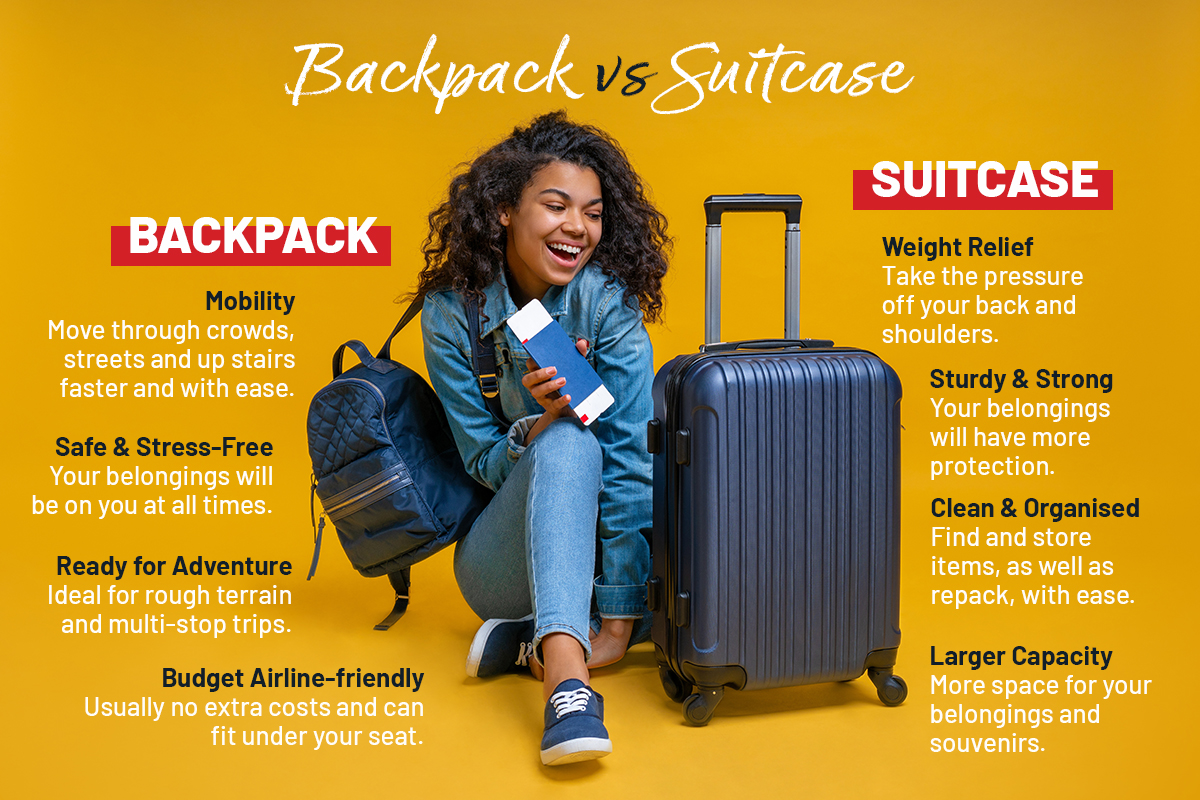Everything is sorted – your tour is booked and paid for, your visa has arrived in time (phew), and the only thing left to do is pack your bags! While packing may not always be fun, it is an inevitable part of any trip – no matter the destination.
Any seasoned traveller will tell you that planning thoroughly and getting organised are essential first steps in the packing process. We’ve asked our most experienced packers, the Expat Explore tour leaders, to share practical packing tips, tricks of the trade and cures for the over-packer.
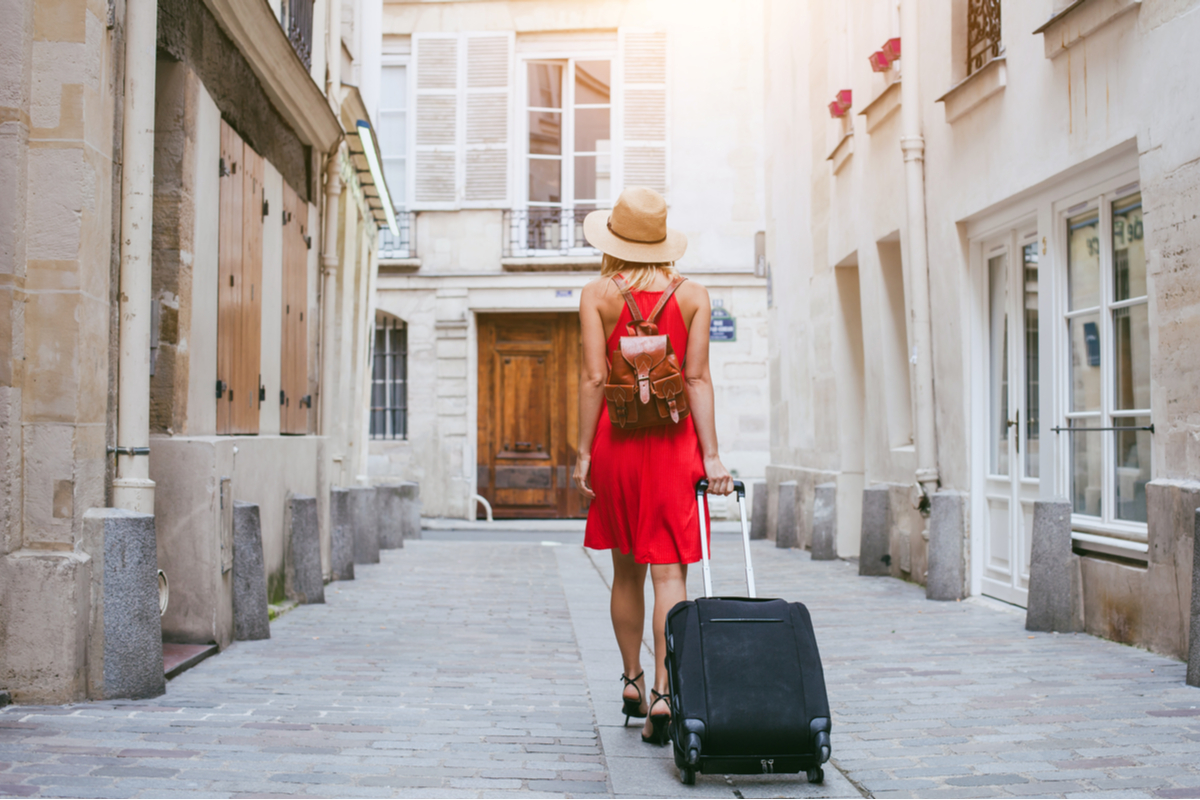
Step 1: Get your bags sorted
“Be realistic, keep it minimal and make life easier for yourself. It’s better to get by with what you have than to carry a heavy suitcase around.” – Expat Explore Tour Leader
On Expat Explore coach tours your luggage may not weigh more than 20kg/44lb. Most of the time, you are required to carry your own luggage when on tour and not all hotels have elevators. We strongly recommend that you use a light suitcase and pack only what you can comfortably carry.
“I am getting very excited for my upcoming trip! What kind of baggage do you recommend your travellers bring? The type with wheels or the ‘backpacking’ type?” – Expat Explore traveller
Wheeled suitcases are the most common suitcases used on tour, but backpacks are also popular among younger travellers. Both options have their pros and cons to consider:
Expat Explore luggage dimensions: What you need to know
Main luggage for the coach:
You are permitted to take one piece of main luggage with you on the coach to a maximum weight of 20kg. Maximum dimensions are 75cm x 43cm x 90cm. Please note that you need to carry your own luggage on tour (for example, from the tour bus to the hotels – and some hotels may not have elevators). So, please ensure you can handle the size and weight of the bag you choose to bring.
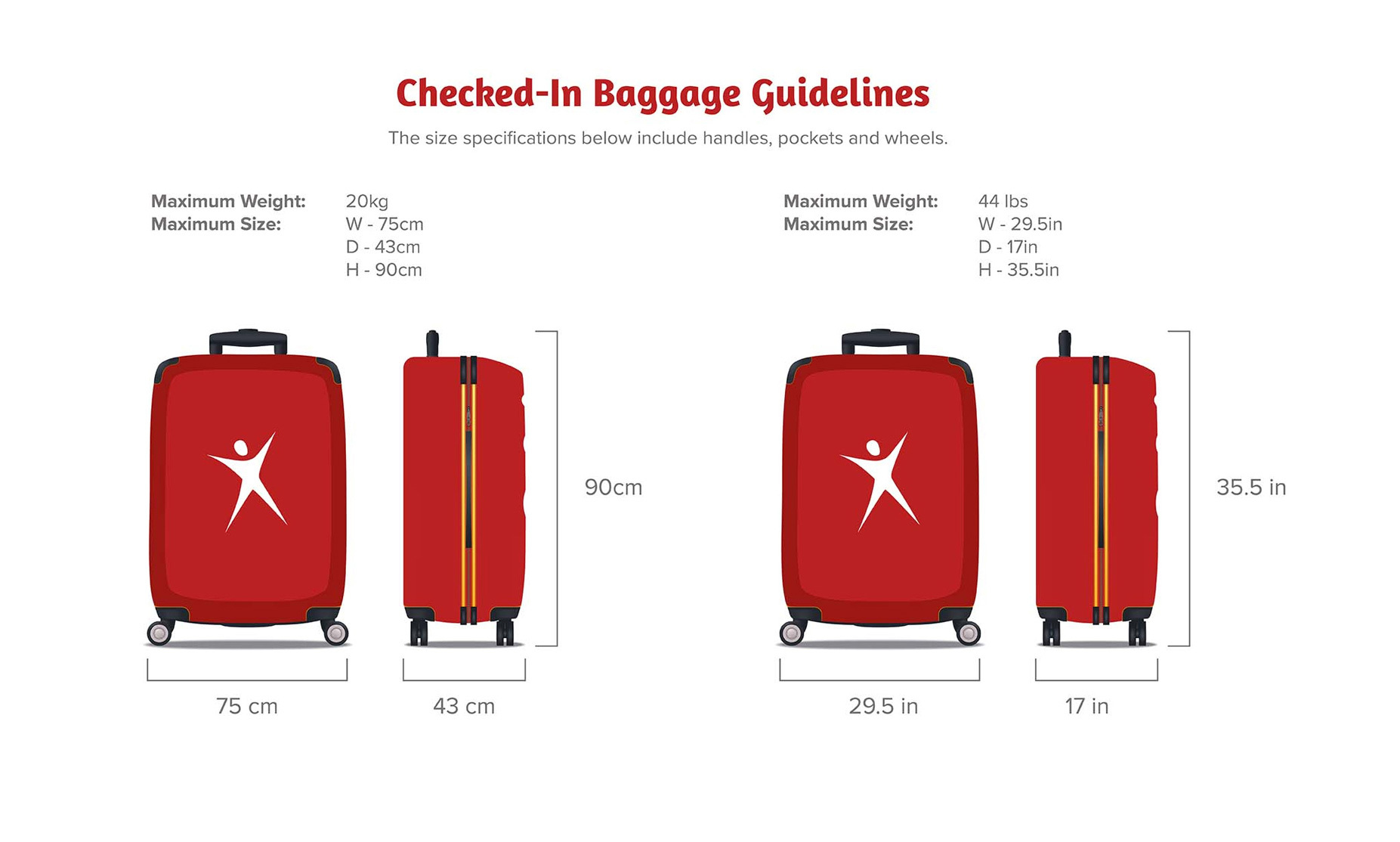
Carry-on bags for the coach:
You may bring a carry-on bag, also known as a daypack, with you on the coach. This will hold everyday things you may need while travelling and sightseeing such as water, a camera, sunscreen, a hat etc. Maximum dimensions for carry-on bags for the coach are 42cm x 30cm x 18cm.
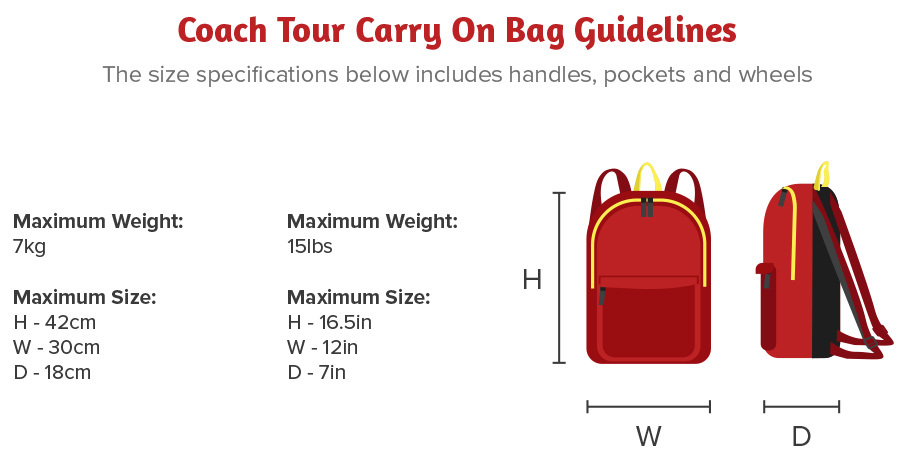
Are you joining an Expat Explore rail tour? Take a look here:
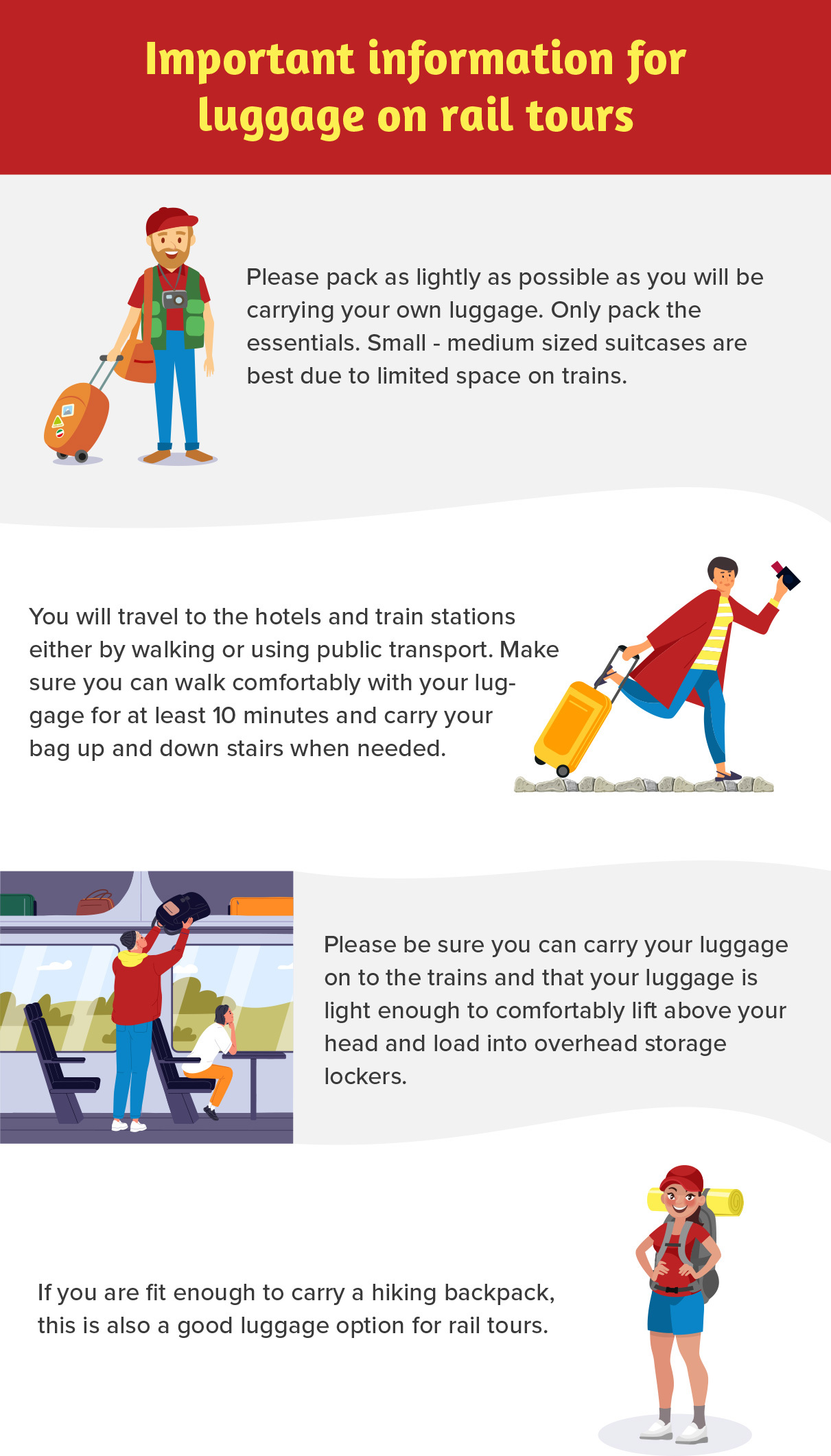
Related: Take a look at our blog to find out more information about how to pack for a rail tour.
Step 2: Think of these three important factors
1. The length of your stay
The amount of time you spend in a specific area/country will influence your travel wardrobe the most. Pack one casual outfit for every day and one or two smart outfits for when you have to dress up. For longer trips, remember that you can wash clothes at a laundromat. Laundromats or laundry services can be located in or near most hotels. We recommend doing your laundry in destinations where you spend 2-3 nights. When packing, remember that you’ll have to repack almost daily, so distribute weight evenly when you pack and keep it organised. It’s so much easier if you know what you are looking for.
“A lot of people think that Europe is always cold. Do your research and find out more about the weather. Dress yourself mentally from head to toe to make sure you have everything you need. Remember that you always need less clothing than you imagine.” – Expat Explore Tour Leader
2. Season, weather & climate
Whether you are looking forward to sun, sea and sand on a summertime trip or are touring Europe during the chilly festive season, you will experience different types of weather as you travel and should be able to adapt your clothing accordingly. You can find all sorts of information online about the seasons, weather and even the amount of rainy days to expect. Keep an eye on trusted weather sites like Wunderground when you start packing. Allow yourself enough time to shop before you leave. The best way to master the weather on tour is to choose outfits that you can mix and match. Remember, quick-dry and wrinkle-free clothing is best – especially in summer.
Related: Wondering what suitcase essentials you need when heading out to Europe in the chilly winter months? Find out here!
3. The type of activities you will be doing
Refer to your trip itinerary to see how active you’ll be when on the road. You might need special equipment and should find out if you can hire what you need from the intended destination.
Comfortable shoes are an absolute must. Think about a pair of sneakers that can pack up away neatly and always throw in a pair of flip-flops. They are versatile and can be used as “slippers” in your hotel. When travelling in fall or winter, wear your bulkiest pair of shoes on the plane.
“Walking is by far the activity you do the most. If you’ve got your passport and comfortable walking shoes, you’ve got everything you need!” – Expat Explore Operations Manager
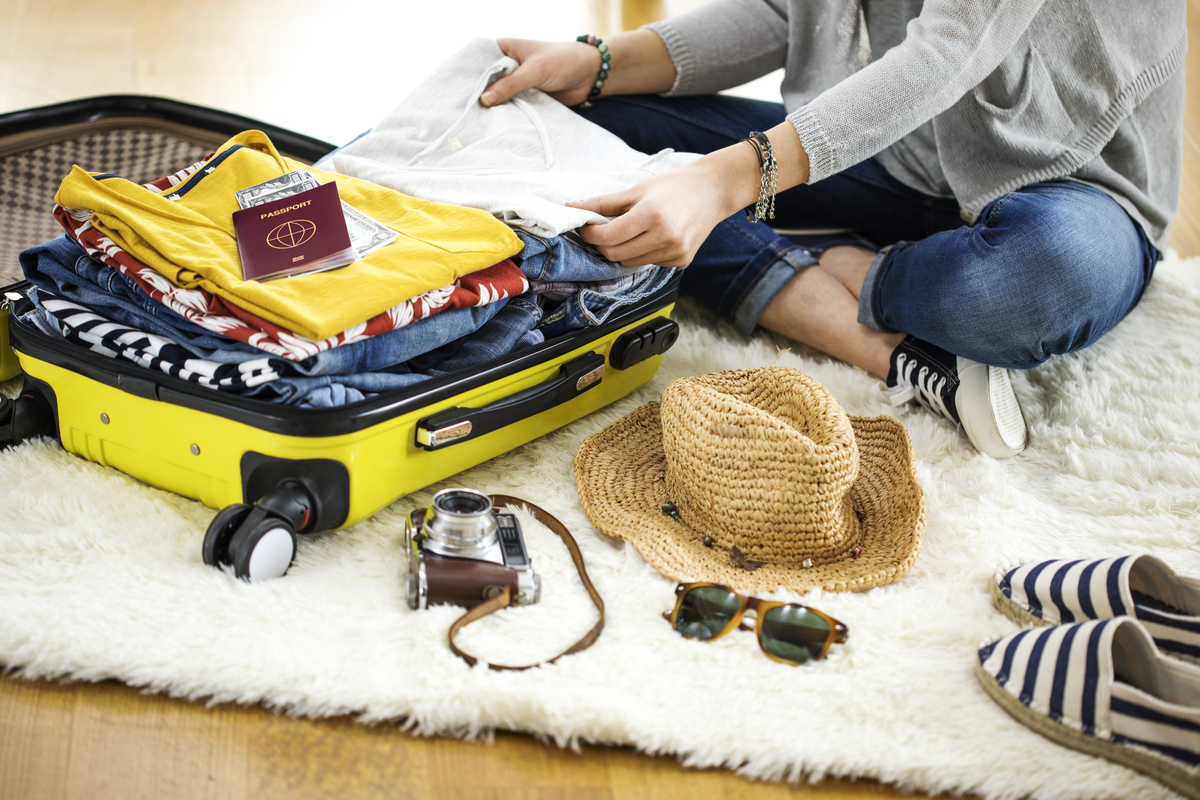
Step 3: Take note of these important items that you CAN’T leave at home
- Passport & visas (if required). Check the expiry date on your passport. Are there at least six months remaining from the date of travel? If not, apply for a new one! Take two photocopies of the information pages of your passport and your travel insurance policy with you on tour. Keep both sets with you (for example, one in your hand luggage and one in your main luggage). Having digital copies is also helpful.
- A suitcase strap and name tag to identify your bag from the rest, and include an address or contact number so it can be returned if lost, e.g. by your airline.
- Money belts or secret compartments in your bag. When travelling between destinations keep your passport and money on you. When you’re just going out for the day, only take what money you need, and leave the rest (plus your passport) in the hotel room where it’s safe.
- Daypack. This is your coach carry on bag. Usually a small backpack, or handbag to keep your camera, wet-wipes, a sweater and snacks in. You’ll also find souvenirs to buy while travelling and wouldn’t want to carry them all the way.
- Travel adapter. Most countries in Europe use a standardised two-pin plug. However, there can be variances, particularly in Switzerland, so a multi-country plug adapter that is compatible with all plug types is worth the extra cost.
- Gadgets like your camera, iPod and their chargers. Finding these in a foreign country can be difficult and expensive.
- International phone sim card. Be sure to purchase an international cellphone sim card well in advance. Also, research your accommodation to find out about Wi-Fi options. To stay connected abroad while saving on roaming bills, buy an eSIM from reputable suppliers like Hoam.
- Zipping bags for your toiletries. The lids on bottles can come off in transit, or be affected by the air pressure in the hold luggage when you fly. In the unfortunate event of spillage, it will be contained and not ruin your clothes or other items in your bag.
- Finally, the chronic medication you take regularly is vital. It might be tricky to find these in a foreign country.
“Don’t carry large sums of any currency. Europe widely accepts major credit cards and cash cards. Make your bank aware of your travel plans.” – Expat Explore Tour Leader
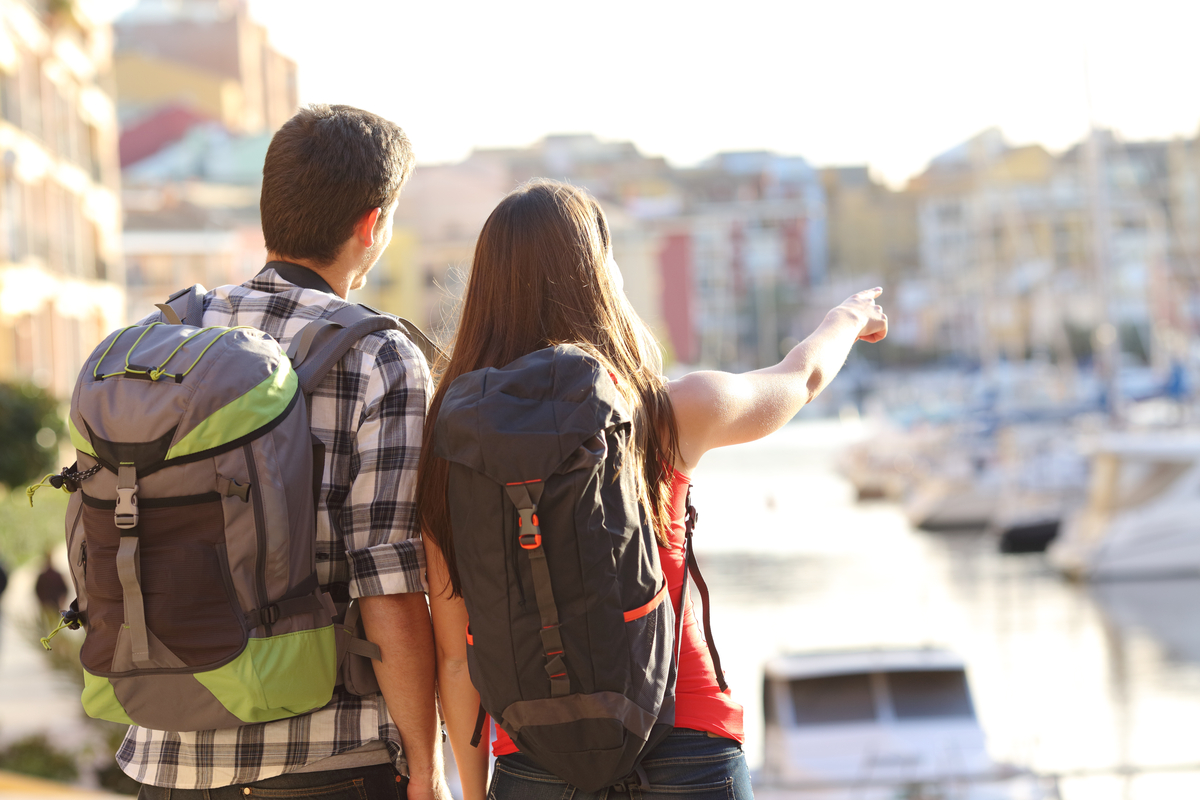
Step 4: Forget about these non-essentials
One of the most annoying things is coming home after two weeks in Europe, unpacking and finding things that you did not use or wear a single time. Consider leaving the following items at home to save some much-needed space:
- Bath towels. Hotels provide these as well as swimming towels. However, you might need a swimming towel for a beach holiday.
- Heavy guidebooks and maps. You can find brochures and fold-up maps in all major tourist destinations. We also supply a fun regional guide for you to read while on board.
- Jewellery or valuables. Leave behind anything precious that you would want to keep safe from loss or damage.
- Expensive, heavy clothing and heels. While one or two smarter outfits may benefit a night on the town, you will not get much of a chance to wear fancy clothing and heels. Comfortable and light clothing is the name of the game!
- A flashy camera bag. Try to camouflage your equipment by using an ordinary daypack or shoulder bag.
Ready to get back on the road? Have a look at our upcoming tours! If you’ve already booked a tour you can find more packing information and other travel essentials in our Help section. We’d love to hear about your packing headaches and how you solved them! Share with us in the comment section below.
Ready to Start Planning?
Drop us a message and let’s make your next adventure happen — we're here to help every step of the way.
Join the Expat Explore family!
We'll deliver top travel tips, insider info and travel inspiration right to your inbox.

